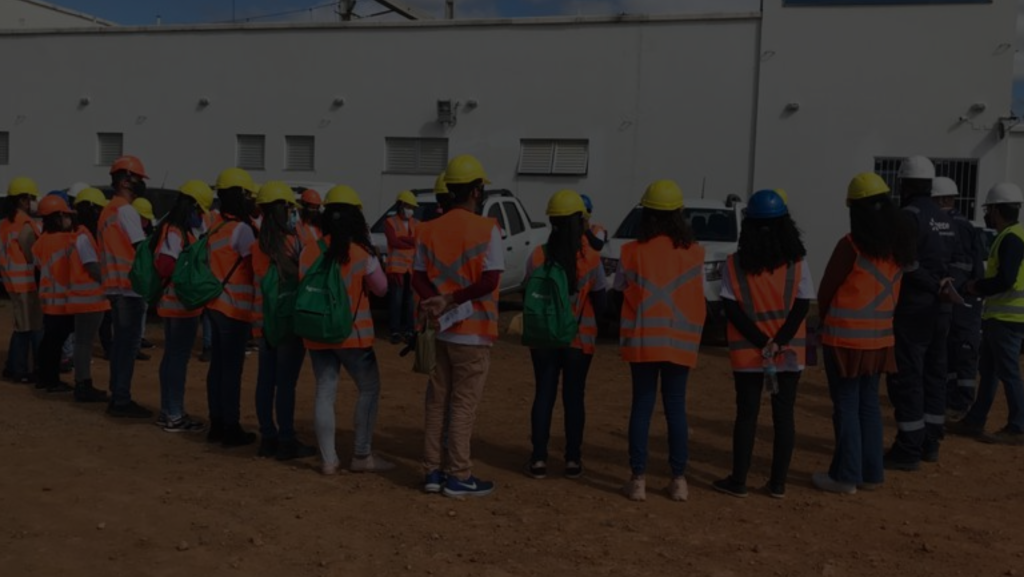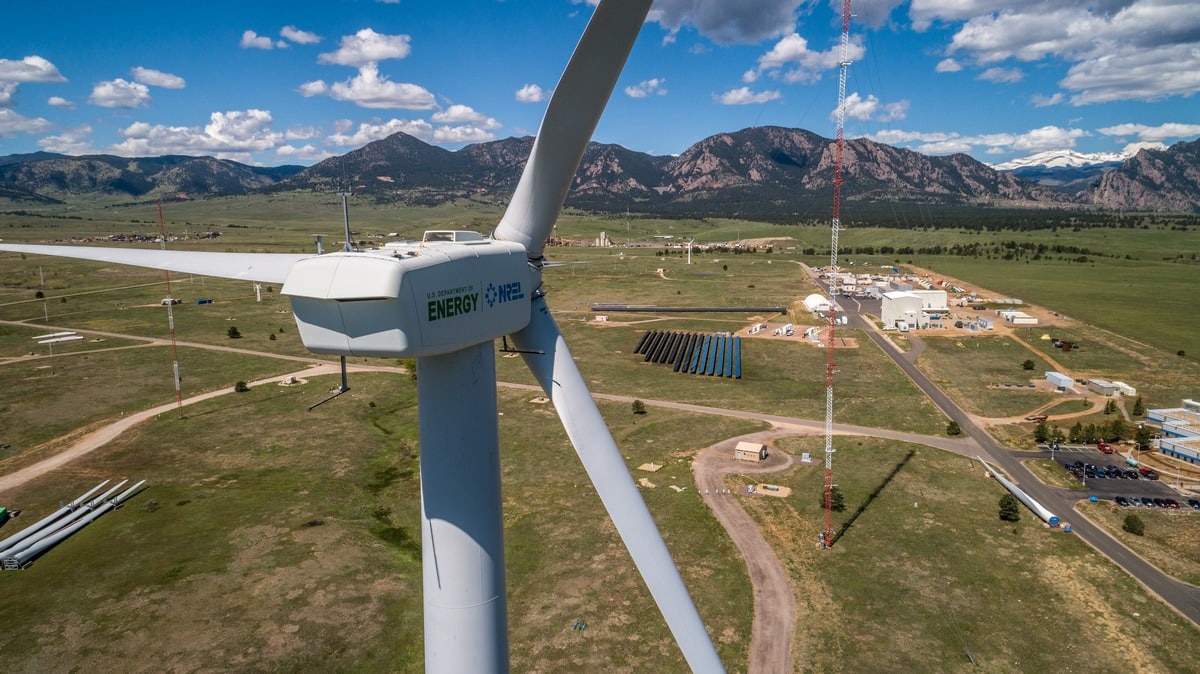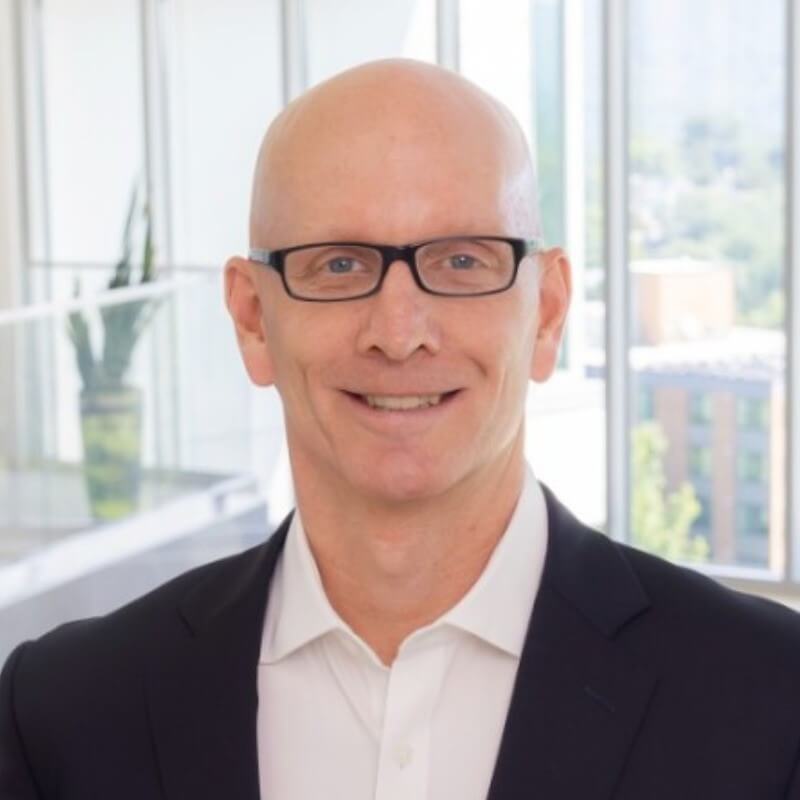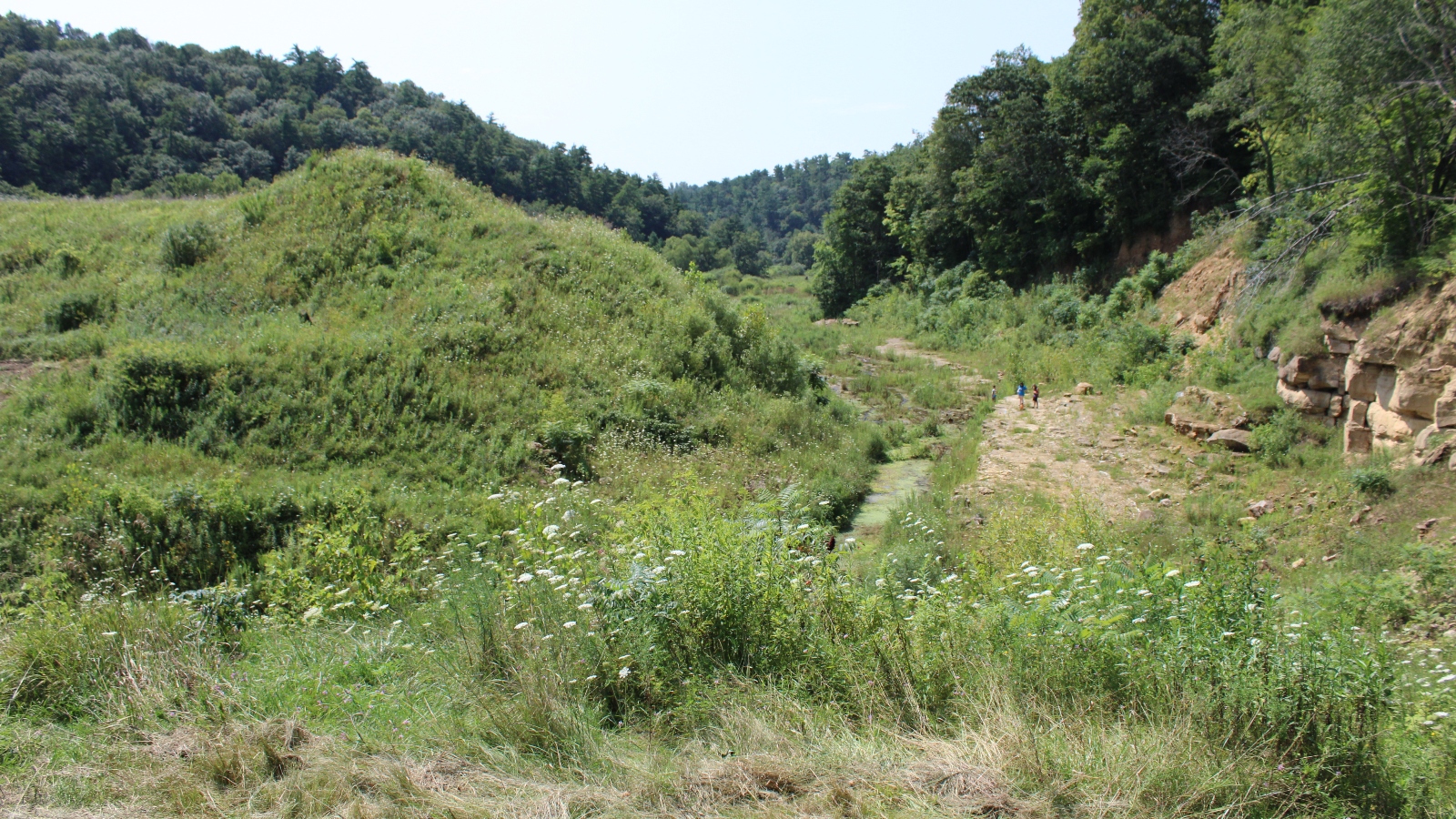
Sheldon Auto Wrecking is a local institution in southwestern Wisconsin’s Vernon County. It’s tucked in a lush valley just downstream of a 50-foot earthen dam, locally known as “Maple Dale.”
The salvage yard, which buys used vehicles and farm machinery in this rural area to sell for parts, has been in business for nearly 70 years. For most of those years, the dam — less than a half-mile up the road — has protected its yard of hundreds of old cars and broken-down equipment from frequent and sometimes severe flooding in the area.
The dam “was put in place for a reason,” said owner Greg Sheldon.
But it might soon go away.
Maple Dale is one of thousands of dams constructed by the U.S. Department of Agriculture’s Natural Resources Conservation Service, beginning in the mid-20th century, for the purposes of flood control.
In 2018, five similar dams in the region failed during a massive rainstorm that caused property damage in the tens of millions of dollars. A study determined that several other dams in the watersheds hit hardest by the flood, including Maple Dale, were also vulnerable to failure but would be too expensive to replace.
Courtesy of the National Weather Service
As a result, local officials are voting on whether to dismantle the dams by cutting large notches in them, allowing the water to flow again, in a process called decommissioning. Experts say it could be the most dams ever decommissioned in a single county in the U.S.
And it could be a harbinger for other communities.
Although the county may be the first to take on a project of this size, it’s unlikely to be the last. Dams across the country are aging, and also facing pressures from urban sprawl and intensifying floods wrought by climate change. The price tag to fix what’s broken, though, is estimated in the hundreds of billions of dollars, meaning dam owners could face hard questions about what to do with them.
In Viroqua, it’s also leaving the people who own property below the dams uneasy about what comes next — including Sheldon.
“To come along and just rip a big hole out and let the water run is a mistake,” he said.
Removal plan controversial
The southwest Wisconsin dams are among nearly 12,000 that have been built under the USDA’s Watershed Programs. Generally smaller and set in rural agricultural areas, they’re mostly clustered from the center of the country eastward. Oklahoma has the most, followed by Texas, Iowa, and Missouri.
The idea for the watershed program dams arose during the Dust Bowl in the 1930s. Because there was little vegetation left on the landscape to soak up rain when it fell, there were several severe floods during that time, prompting federal agencies to look for a way to control the water.
To get the dams built, the Natural Resources Conservation Service, or NRCS, entered into a contract with a local sponsor, such as a county. NRCS covered all the construction costs and helped the sponsor with inspections and repairs. In return, the sponsor maintained the dam for a certain number of years — under most contracts, 50 — to ensure taxpayers got their money’s worth out of the project.
Since many of the dams were built in the 1960s and 1970s, said Steve Becker, Wisconsin’s state conservation engineer for NRCS, their contracts are now up.
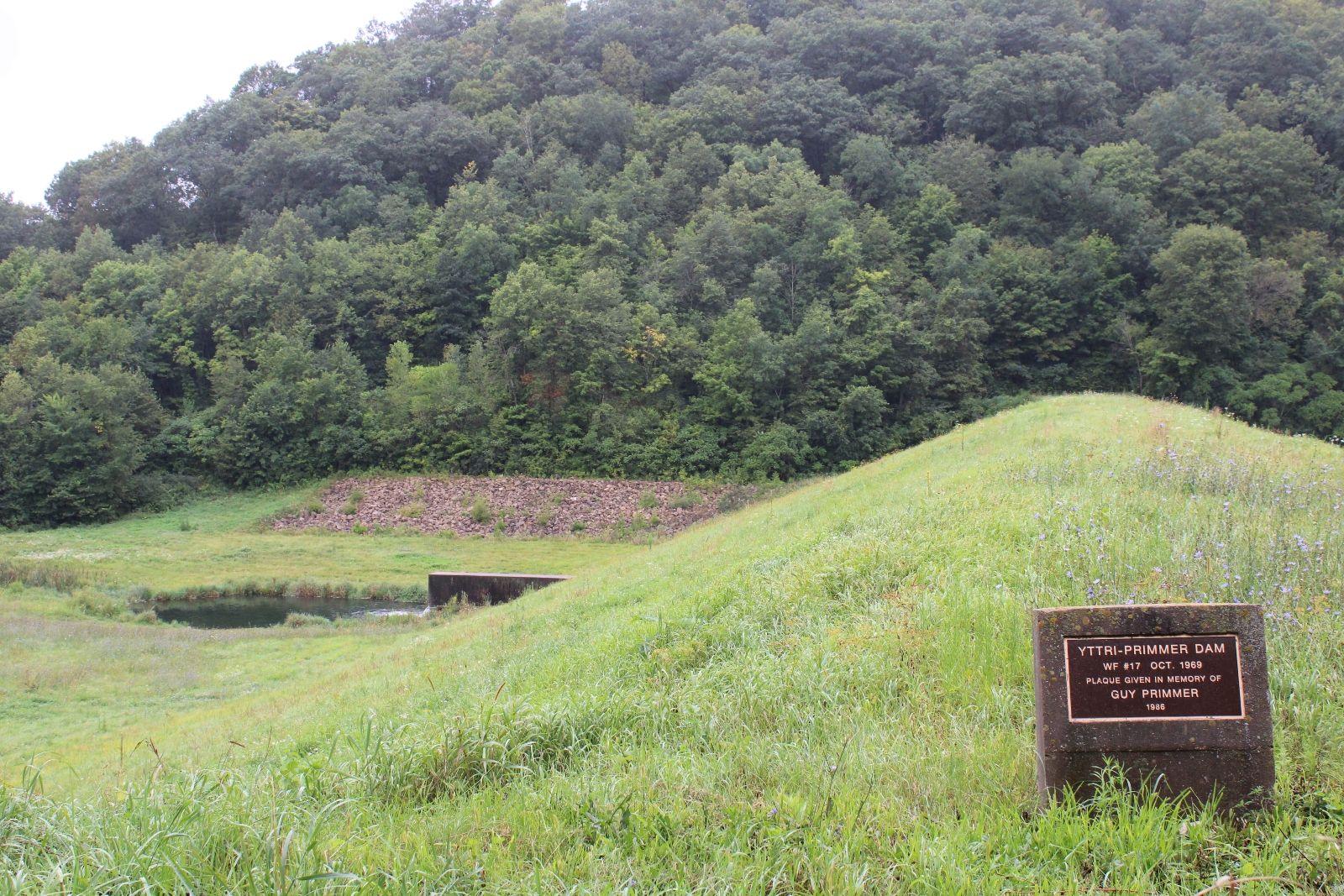
Tegan Wendland / Mississippi River Basin Ag & Water Desk
“We pretty much told the counties, ‘You have full autonomy to do whatever you want with those dams,” Becker said. “You can maintain, you can rehab, you can repair. It doesn’t really matter. We’re out.”
When the Wisconsin dams failed, however, local officials enlisted the help of NRCS to figure out what to do. The agency launched a study of all the dams in the watersheds and found that, while they’d controlled flooding over the last few decades, they fared much worse under future modeling because of their age and projected increases in heavy rainfall. Because the cost to replace them was too steep, NRCS recommended taking them out of service, on the federal government’s dime.
In Vernon County, home to the majority of the dams examined in the study, that plan has been controversial.
Garrick Olerud is treasurer of the Snowflake Ski Club in Westby, which is below three of the dams that are set to be dismantled. The club has had to spend “a lot” of money over the past decade fixing flood damage to the ski jump and the golf course on the property, Olerud said — and that’s with the protection of the dams.
“When you remove those dams, I guess I have big, big concerns about the long-term effects it’ll have,” he said. “I’m not an expert, but I don’t believe that the course or the ski jump will continue to … have the financial means to build back after stuff gets washed away.”
To others, leaving the dams in place risks a bigger catastrophe if more of them fail during a storm.
“When [the dams] work, they work, but when they go out, it’s 10 times worse than a regular flood,” Frank Easterday, a member of the Vernon County board, said during an August 15 meeting.
At the meeting, the board voted to accept federal funding from NRCS so the agency can move forward with decommissioning. Nearby La Crosse and Monroe counties, which have a handful of such dams between them, have followed suit.
Aging dams, climate threats make for ‘perfect storm’
Threats to America’s dam infrastructure were thrust into the spotlight in June when the Rapidan dam in southern Minnesota partially failed, pushed to its limit by days of historic flooding across the upper Midwest.
In the American Society of Civil Engineers’ latest Infrastructure Report Card, released in 2021, the group gave the nations’ more than 91,000 dams a “D.” That’s largely because of their age — the average age of a dam in the U.S. is over 60 years old, said Del Shannon, the lead author of that section of the report card.
As residential development has sprawled nationally, some dams that once posed little risk to human life if they failed are now a bigger threat.
On top of that, climate change is leaving question marks about how dams will perform under new weather conditions. Precipitation, for example, increased 5 percent to 15 percent across the Midwest between 1992 to 2021, compared with the 1901-1960 average. That’s largely driven by intensifying rainfalls.

Tegan Wendland / Mississippi River Basin Ag & Water Desk
To date, almost 6,600 of the watershed program dams will have completed their contracts, according to an NRCS spokesperson. In the next five years, that number will rise to 7,383. That means many more places like Vernon County will have decisions to make about how — and whether — to keep them up.
In 2015, now-retired NRCS watershed program engineer Larry Caldwell warned in a memo that a “perfect storm” of problems with watershed dams could put people and property at risk. He outlined seven such problems: these dams are everywhere across the nation; downstream landscapes have filled in since they were constructed; they’re getting old; climate change is bringing more extreme weather; limited funds for repairs; loss of institutional knowledge about the dams; and the fact that the failure of smaller dams can — and have — killed people.
“Any one condition is cause for concern. The presence of two or three would be cause for alarm,” Caldwell wrote. “But all seven are occurring simultaneously, which will eventually create a crisis for many communities.”
Properly maintained dams can continue doing their job “well beyond” their contracts, the NRCS spokesperson said. Still, understanding the proper path forward for an individual dam can be challenging because all dams are unique, Shannon said.
What’s more, there’s not a good understanding of how long these kinds of dams can function, a gap Shannon called “astonishing and embarrassing.” He’ll take part in a forthcoming study that seeks to give dam owners broad information about when dam parts start to show wear — like crumbling concrete spillways or corroded metal gates — and when to think about repairing, replacing or charting another course.
High price tag for dam rehab means other solutions may be necessary
Another hurdle in the quest for better dam infrastructure: cost. The Association of State Dam Safety Officials, which works to improve dam safety through professional development and lobbying, estimates the cost to fix nonfederal dams, which make up the vast majority of the nation’s dams, at $157.5 billion.
The bipartisan infrastructure law, passed in 2021, provided somewhat of a shot in the arm: $3 billion was earmarked for dam safety, including $118 million for the rehabilitation of the USDA watershed program dams. An NRCS spokesperson said that money paid for 118 dam projects across the nation, many clustered in the southern and eastern U.S.
Shannon said he views it as a downpayment, but more funding is obviously needed. The southwest Wisconsin dams, for example, would cost a few million dollars apiece to replace, Becker estimated — racking up close to $100 million just for one small region.
“What can we afford to do? We can afford to notch them out,” Becker said. “If some big benefactor came in and said, ‘23 dams times $3.5 million? We can help pay for that,’ we’d reevaluate.”
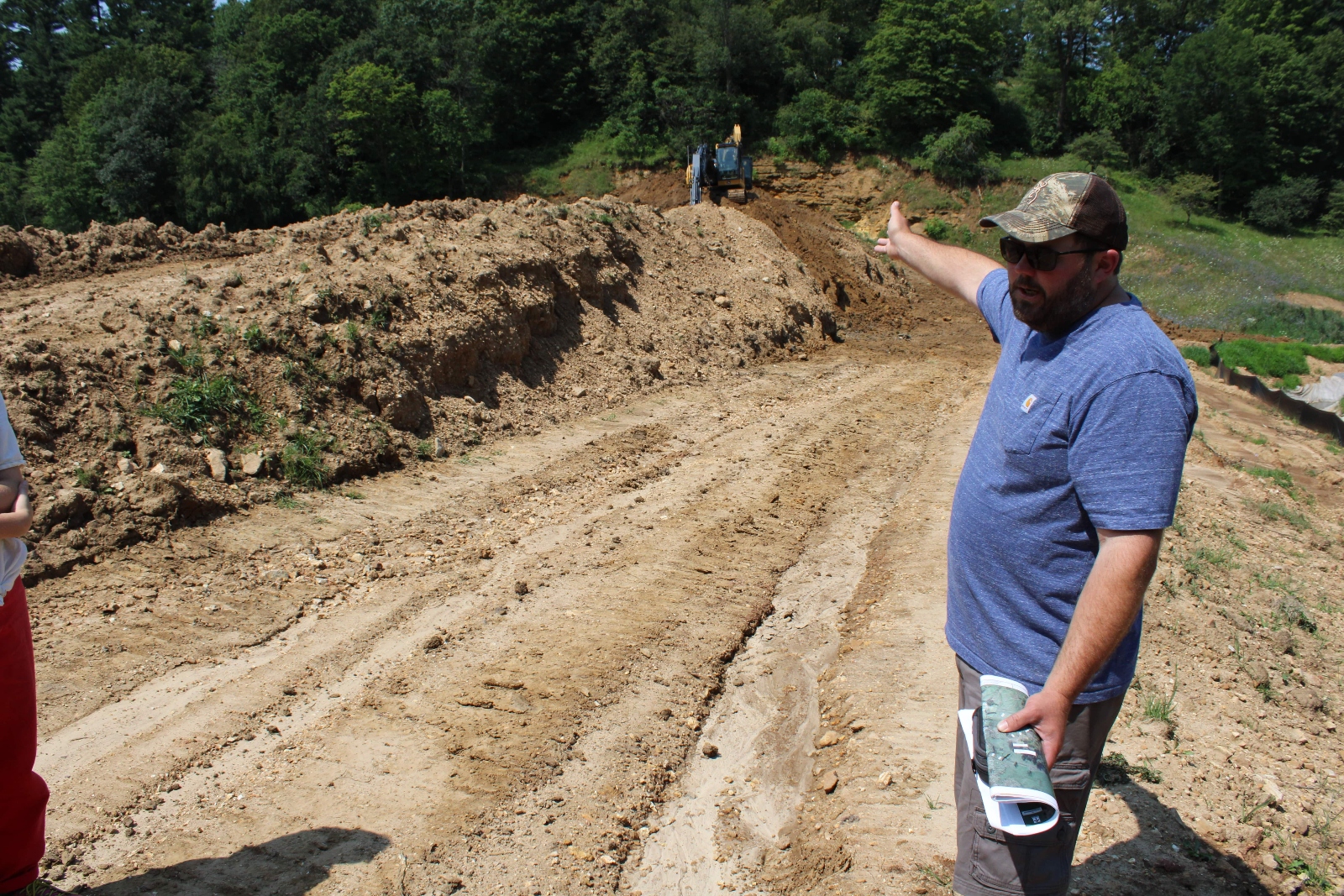
Bennet Goldstein / Wisconsin Watch
Although recent federal funding will move the needle, looking at the total cost can be depressing, said Lori Spragens, executive director of the Association of State Dam Safety Officials — particularly when remembering that dams are aging every day. She called it a “one step forward, two steps back” situation, and said there’s an urgent need to make progress.
“I think we are going to see more dams under stress, or even failing,” Spragens said. “It’s not really fun to look at in the future.”
Amid these challenges, there’s growing interest in natural solutions to reduce the impact of floodwaters in place of built infrastructure. Moving away from areas that flood often and using farming practices that help the land hold on to water, instead of allowing it to run downstream, could help.
The community in Vernon County recognizes that.
“With or without the dams, flooding is going to be a huge challenge in this community,” county conservationist Ben Wojahn told the board during the Aug. 15 meeting. “Decommissioning these dams is not the end … keeping the dams would not be the end.”
This story is a product of the Mississippi River Basin Ag & Water Desk, an independent reporting network based at the University of Missouri in partnership with Report for America, with major funding from the Walton Family Foundation.


